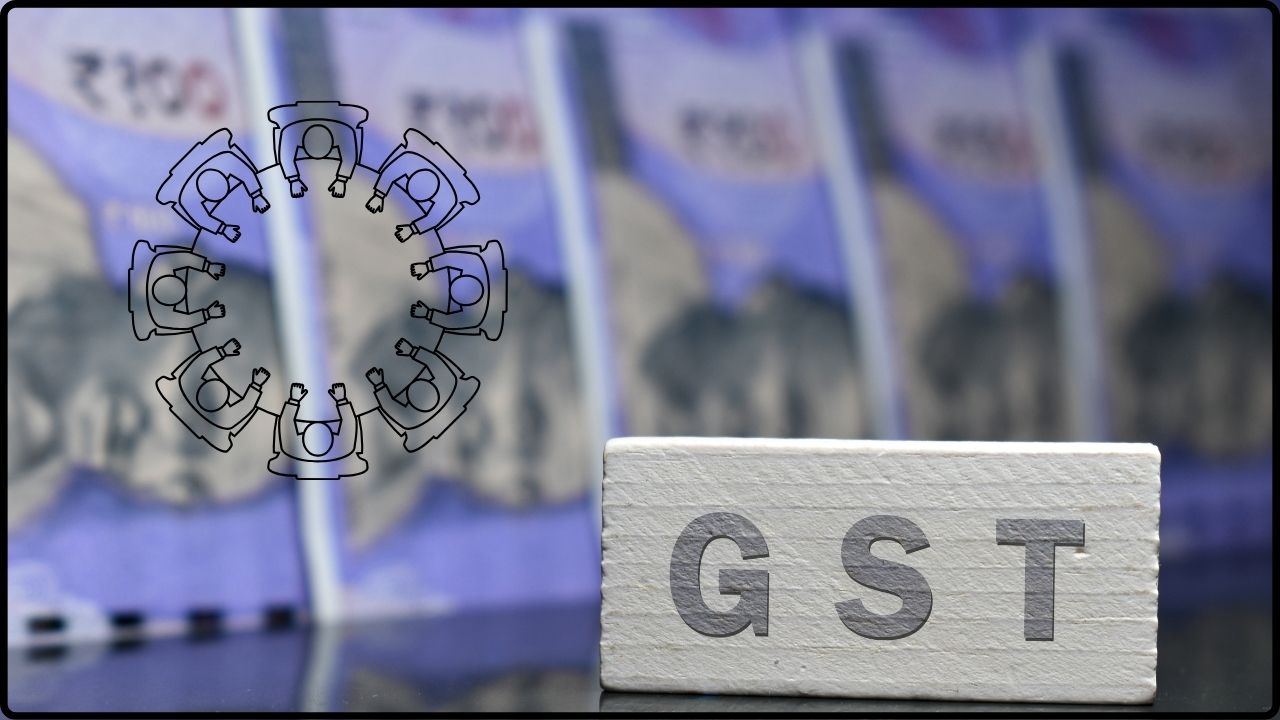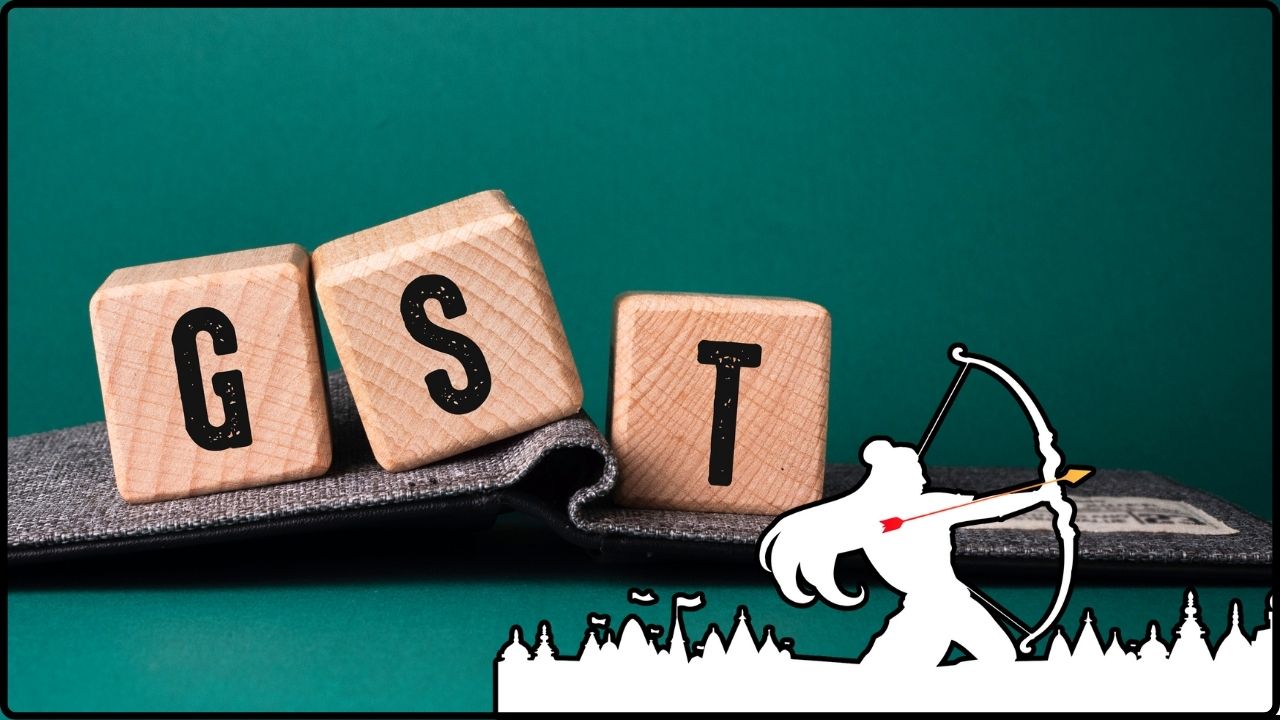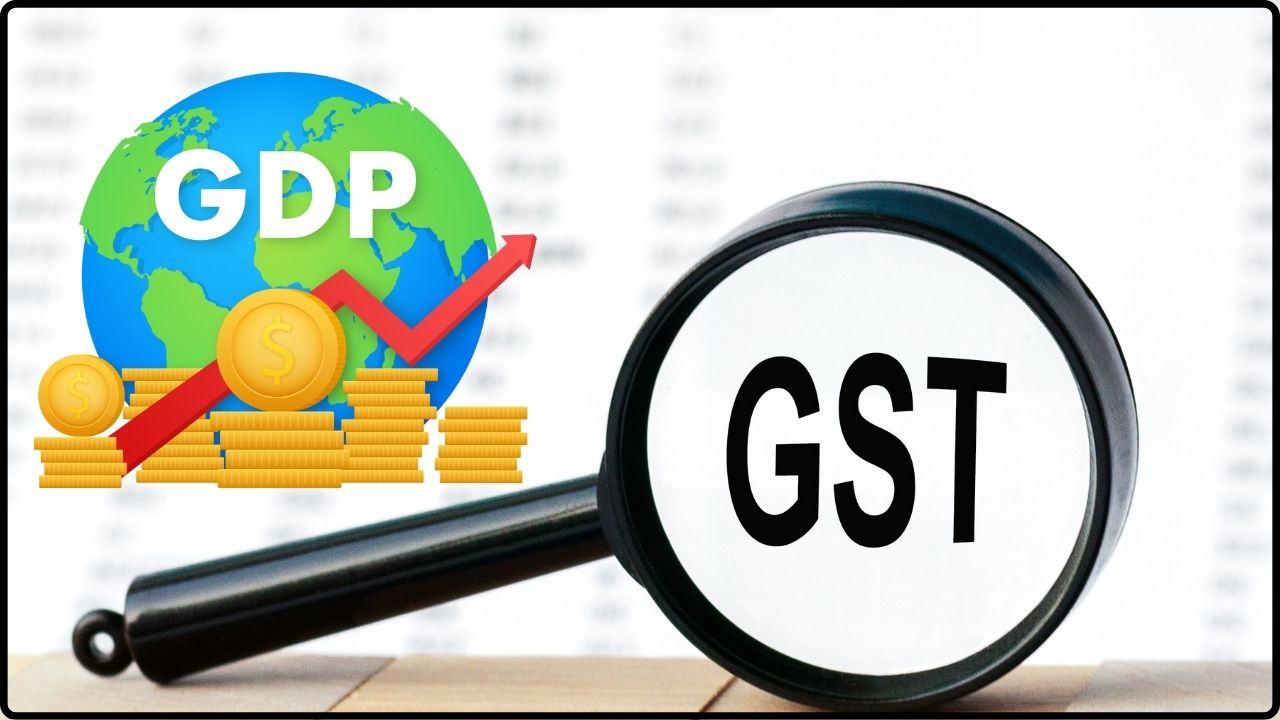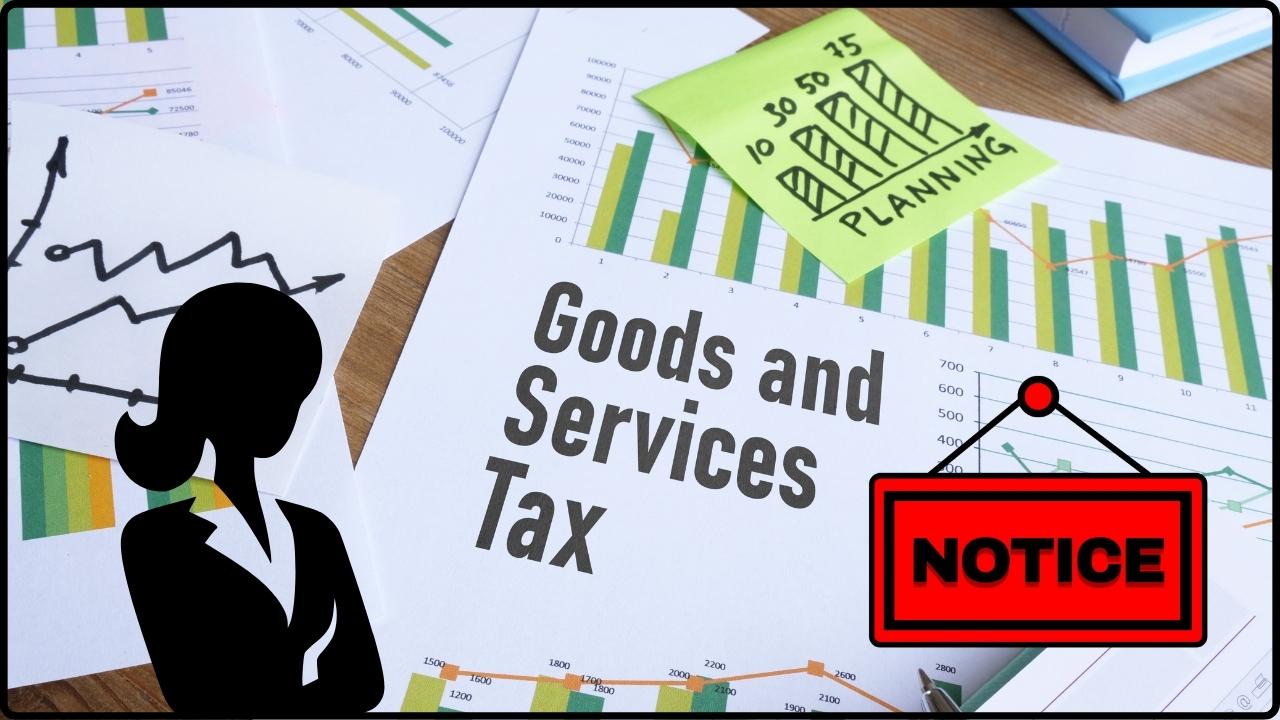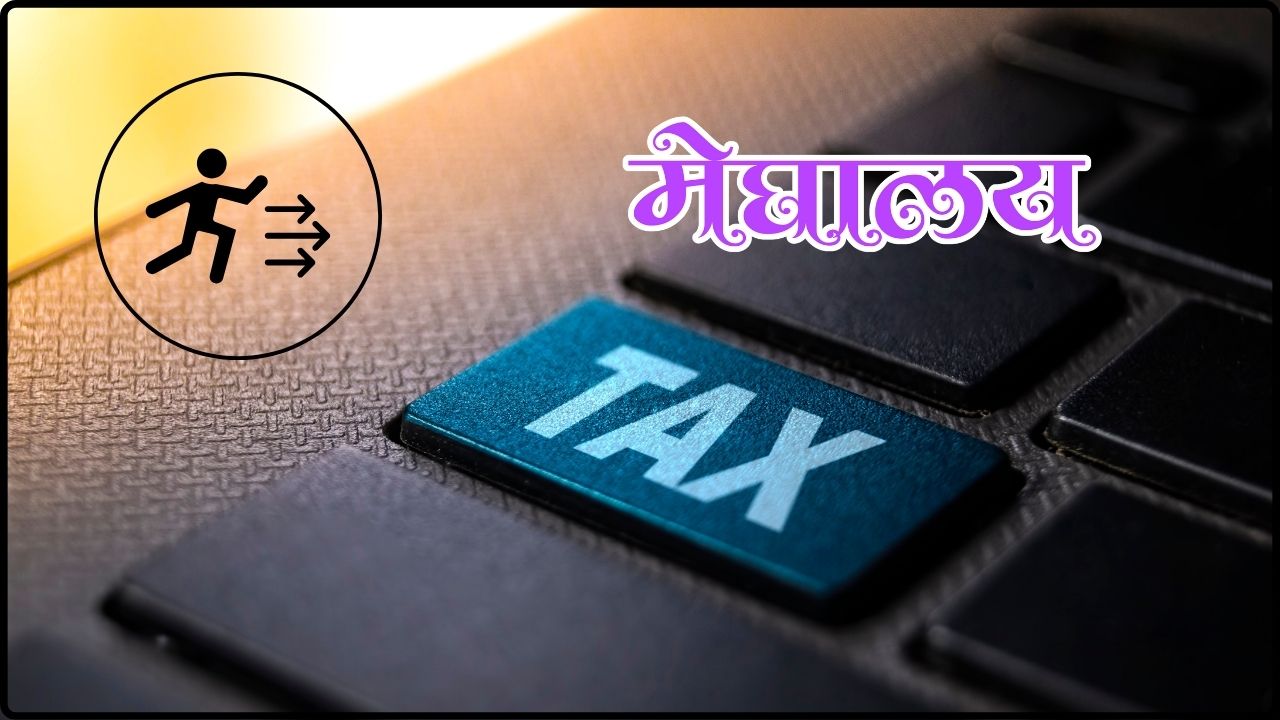GST Restructuring Debate: When we talk about the GST restructuring debate, it’s not just a dry tax-policy discussion—it’s about how money is shared between states and the central government, and ultimately, how that affects ordinary citizens. Whether it’s funding your child’s school, building new roads, or keeping hospitals running, taxation shapes everyday life in more ways than we realize. In India, the push for a new version of GST—often called GST 2.0—has sparked heated arguments. The central government says restructuring will make taxes simpler and friendlier for businesses. But experts and several state governments warn: if this isn’t done carefully, it could weaken federalism, the very backbone of India’s governance system where power is meant to be shared between the Centre and the states.
GST Restructuring Debate
The GST restructuring debate is about far more than tax slabs. It’s about India’s federal balance, the trust between the Centre and states, and the ability of governments to serve citizens effectively. While simplification is welcome, ignoring states’ financial independence risks creating a system where the Centre calls all the shots. To truly live up to its promise, GST 2.0 must prioritize not only simplicity but also fairness, transparency, and cooperative federalism.

| Topic | Key Data / Insight | Source / Link |
|---|---|---|
| GST Revenue Shortfalls | Punjab claims ₹60,000 crore dues pending | Times of India |
| Federalism Concerns | Kerala calls GST “antithetical to federalism” | The Federal |
| Industry Perspective | Maruti Suzuki says GST revamp is a “huge reform” | Economic Times |
| Government’s Claim | Centre promises “Next-Gen GST” with equal stakes for states | ET Government |
A Quick Refresher: How GST Came Into Being
Before GST, India’s tax system was like a complicated jigsaw puzzle. Every state had its own version of VAT (Value Added Tax), sales tax, entry tax, and entertainment tax. The central government, on the other hand, charged excise duties and service taxes. Businesses often complained that moving goods from one state to another was like crossing into another country—with checkpoints, paperwork, and added costs.
In 2017, the government introduced GST to streamline this. The pitch was simple: “One Nation, One Tax.” To get states on board, the Centre promised them five years of guaranteed compensation for revenue losses. States were told they’d be equal partners in the GST Council, the decision-making body. At first, it looked like a win-win. But as time passed, compensation payments slowed, and states began to feel like junior partners instead of equals.

Why Experts Say GST Restructuring Could Hurt Federalism?
States Losing Fiscal Independence
Before GST, states could independently decide tax rates on petroleum, alcohol, and luxury goods. This gave them flexibility to design policies based on local needs. Under GST, much of this control shifted to the Centre. States argue this limits their ability to respond to local economic challenges.
Kerala’s Finance Minister even described GST as “antithetical to federalism,” stressing that without fiscal freedom, states cannot remain truly autonomous.
Revenue Shortfalls: Punjab’s ₹60,000 Crore Case
Punjab’s government recently claimed that the Centre owes it around ₹60,000 crore in GST compensation and rural development funds. To put this in perspective, that’s more than half of what Punjab spends on healthcare and education annually. Delays like these create massive financial uncertainty and force states to borrow more, deepening their debt crises.
GST Council: A Tilted Playing Field
The GST Council was meant to ensure “cooperative federalism.” However, the Centre has one-third of the votes, while all states together share the remaining two-thirds. Unless states unite—which is rare—the Centre’s preferences usually dominate. Experts say this creates an imbalance that favors centralization over shared governance.
Local Governments Left Out
Urban local bodies and village panchayats are on the frontlines of service delivery—maintaining roads, sanitation, and water supply. Yet, they don’t get direct GST revenues. This exclusion weakens grassroots governance, making it harder for local governments to function effectively.
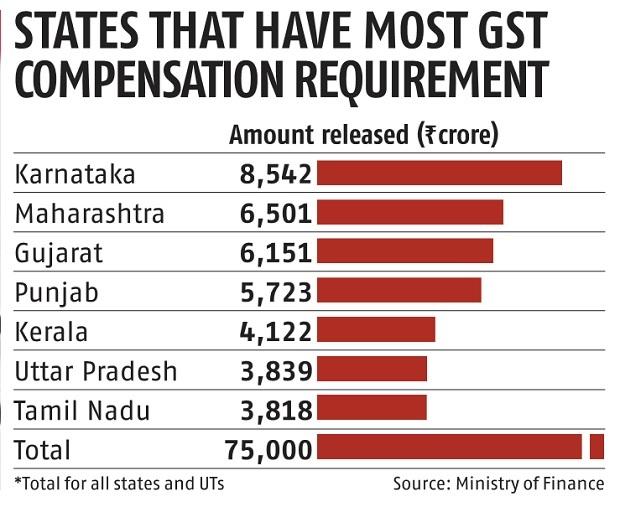
Data Speaks: GST Revenues
- According to the Finance Ministry, India collected over ₹1.6 lakh crore per month in GST revenue several times in 2023 and 2024, a sign of strong compliance and growth.
- However, growth in collections slowed compared to early years. Economists worry this could put additional pressure on states if reforms cut into their shares.
- A 2023 OECD report noted that India’s GST remains one of the most complex tax systems globally due to multiple slabs (5%, 12%, 18%, 28%), unlike simpler single-rate systems in countries like Australia (10%) and Canada (5%).
Government’s Case: Why GST 2.0 is Needed
The central government argues that GST 2.0 or “Next-Gen GST” will:
- Simplify slabs, moving toward a two-rate system.
- Boost compliance by reducing paperwork and complexity.
- Improve India’s global competitiveness by cutting costs for manufacturers.
Officials insist states will not lose out and remain “equal stakeholders.” They argue that fewer slabs will make GST truly live up to its name—a “Good and Simple Tax.”
Case Studies: What’s Happening on the Ground
- Punjab: Staring at financial stress, Punjab’s demand for pending compensation highlights how GST restructuring without safeguards can cripple state finances.
- Kerala: Among the most vocal critics, Kerala warns that GST undermines the essence of federalism by centralizing financial powers.
- Tamil Nadu: Initially resisted GST adoption in 2017, fearing revenue loss. Their caution appears justified given today’s tensions.
- Maharashtra: A high-revenue state that contributes significantly to GST collections, but worries redistribution does not reflect their needs.
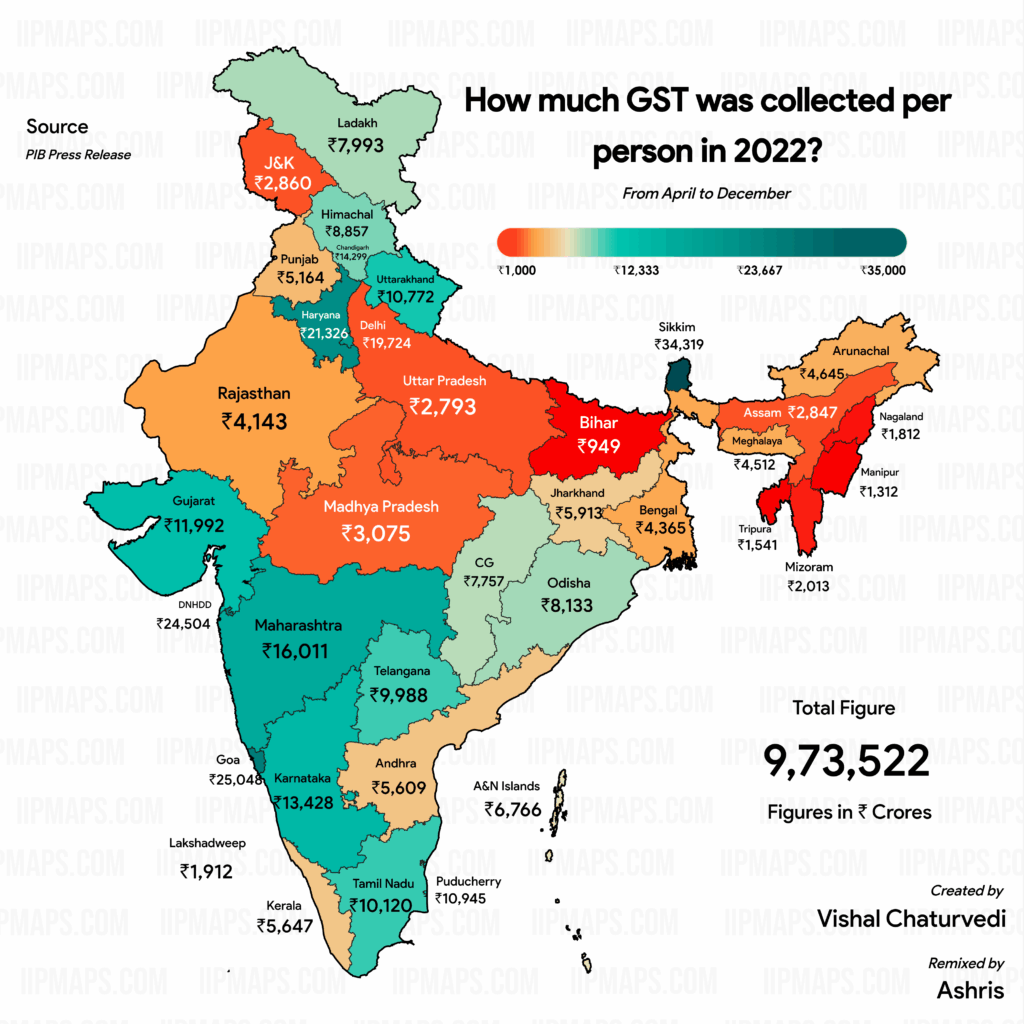
How Other Countries Do It?
Looking abroad provides context:
- United States: States have full independence over sales tax. New York can set different rates from Texas, ensuring local autonomy. Washington, D.C. doesn’t reimburse states.
- Canada: Uses a Harmonized Sales Tax (HST) in some provinces, but others retain independence. Importantly, revenue-sharing is transparent and formula-based.
- Australia: Has a single GST rate (10%), but revenues are distributed to states by an independent Grants Commission, not directly controlled by the federal government.
India’s model differs because the Centre plays both tax collector and distributor, making states heavily dependent on central transfers.
What This Means for You?
- Consumers: Restructuring could lower prices on cars, electronics, and other goods but may also raise prices for essentials if slabs shift.
- Small Businesses: Compliance may get easier with fewer forms and simplified filing. But tax shifts can still create short-term uncertainty.
- States: Risk becoming financially weaker and more dependent on the Centre.
- Federalism: Risks tilting toward centralization if safeguards for states are not strengthened.
Practical Advice for Businesses and Citizens
- Follow official updates regularly on gst.gov.in.
- Build multiple financial scenarios for your business in case of rate changes.
- Join trade associations that advocate for transparency in tax policy.
- Invest in compliance software to stay ahead of regulatory changes.
- For citizens, keep track of how state services are affected—tax debates often trickle down into healthcare, education, and infrastructure.
The Road Ahead: Future Outlook
Economists suggest that GST 2.0 must focus on more than just simplification. The following reforms are critical:
- Time-bound compensation: States should receive payments on fixed deadlines to avoid cash flow problems.
- Rebalancing Council voting: The GST Council should adopt consensus-driven mechanisms rather than majority votes dominated by the Centre.
- Revenue-sharing with local governments: Municipalities and panchayats should receive a share of GST to strengthen grassroots governance.
- Transparency in redistribution: Revenue allocation formulas should be made public to build trust.
If these reforms are embraced, GST 2.0 could achieve the original promise of being a Good and Simple Tax. If not, it risks widening political tensions and undermining cooperative federalism.
₹500 Crore GST Scam Busted in Guwahati, Four Held
Supreme Court Halts ₹273.5 Crore GST Demand Against Patanjali
GST Council Considers Amnesty That Could Save Small Businesses Lakhs in Penalties

